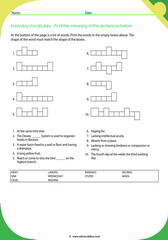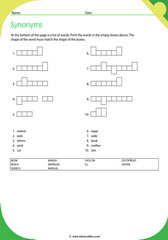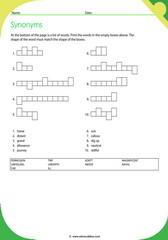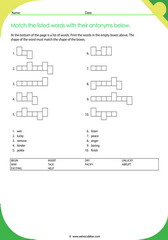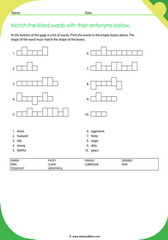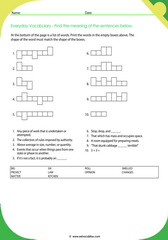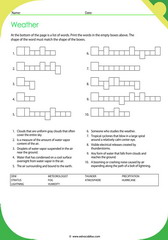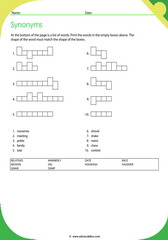solar system: uranus, mercury
Are we living in a Hologram ? A theory by NASA scientist
In the novel Flatland by Edwin Abbott, published in 1884, the narrator is a square who lives in a plane, that is, two-dimensional universe. He meets a line segment who inhabits a line, that is, the one-dimensional universe. He tries to explain his two-dimensional world to the line segment, who cannot comprehend that there would be more than one dimension. Similarly, the square is baffled when a sphere from a three-dimensional universe tells him about three-dimensional space. Abbott wrote Flatland primarily to satirize the social hierarchy in 19th century England, but his discussion of dimension has remained of enduring interest to mathematicians, physicists, and science fiction readers. Recently, though, Professor Juan Maldacena of Princeton University has proposed a theory that posits the existence of alternate dimensions.
According to a paper Maldacena published in 1997, the gravity in our universe is caused by vibrating strings. The vibrating strings are holographic projections of events that took place in another cosmos, which is two-dimensional, a real-life Flatland. The relationship of the vibrating strings to our universe is like that of a credit card chip to a merchant’s bank account.
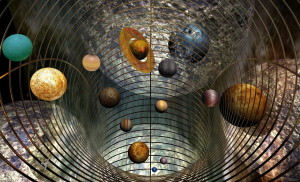 Recently, Professor Yoshifumi Hyakutake has made a mathematical model based on this principle. Hyakutake has posited that black holes store the objects that they consume as data rather than as matter. He has also calculated the energy that the two-dimensional cosmos (the “memory chip” universe that projects our three dimensional cosmos) would have to contain in order to project our universe. Another study by Hyakutake dealt with the existence of “virtual particles” in black holes. He proposed that these particle constantly fluctuate between existence and non-existence. Thus, they encode matter without any matter actually being present in the black hole.
Recently, Professor Yoshifumi Hyakutake has made a mathematical model based on this principle. Hyakutake has posited that black holes store the objects that they consume as data rather than as matter. He has also calculated the energy that the two-dimensional cosmos (the “memory chip” universe that projects our three dimensional cosmos) would have to contain in order to project our universe. Another study by Hyakutake dealt with the existence of “virtual particles” in black holes. He proposed that these particle constantly fluctuate between existence and non-existence. Thus, they encode matter without any matter actually being present in the black hole.
Of course, now that these vibrating strings have been identified and it has been proposed that they come from a two-dimensional cosmos, the next step would be to understand the laws of physics in that universe. If this other universe actually projects our universe, then decoding the information contained in that universe would reveal information about the three-dimensional cosmos that it projects, that is, our universe. According to Maldacena, further research about the two-dimensional universe that projects the vibrating strings which manifest themselves in our world as gravity could allow us to use quantum theory to explain gravity.
Solar System vocabulary word shapes worksheet. Learn the following new words: uranus, mercury, nova, mars, meteor, pluto, venus, sun, asteroid, sunspot. At the bottom of the page is a complete list of words which have to be printed in the empty boxes above. The shape of the word must match the shape of the boxes. By doing this activity, children will learn new English words as well as how to spell them. This is suitable for kids from 2nd to 7th grades.
https://www.eslvocabfox.com/members/worksheets/word-shapes/solar-system-word-shapes-3.pdf
[blog_slider_list title="Related Worksheets" category_slug_name="word-shapes" posts_per_page="10" show_title="yes" show_title="yes" show_meta="no" desc_length="60" lightbox="no"]


